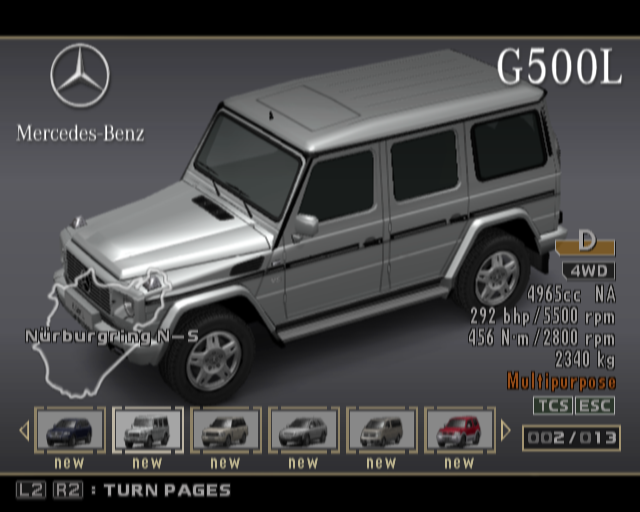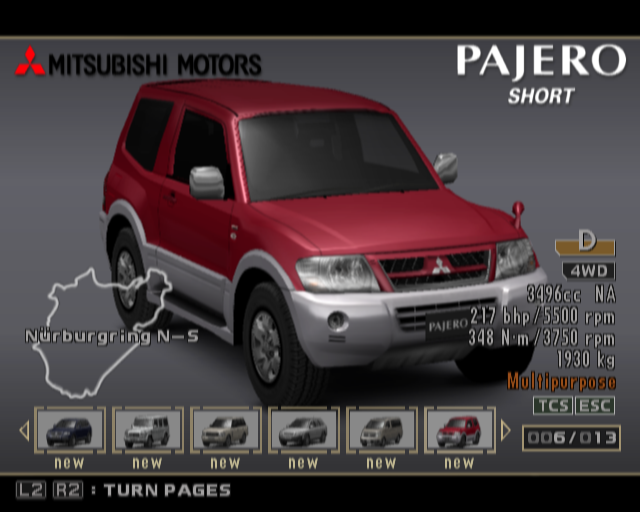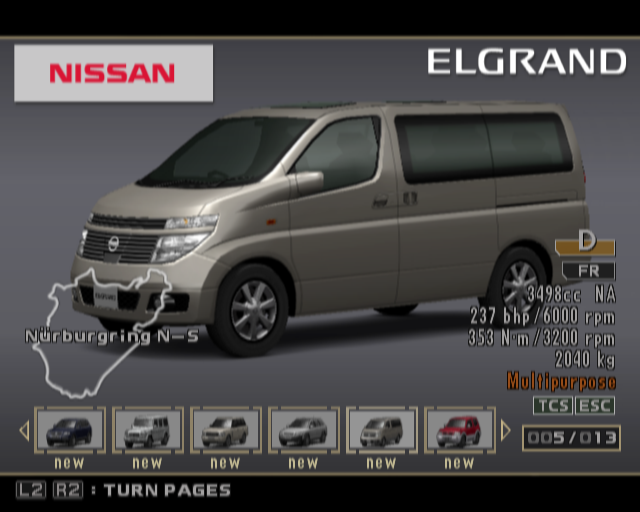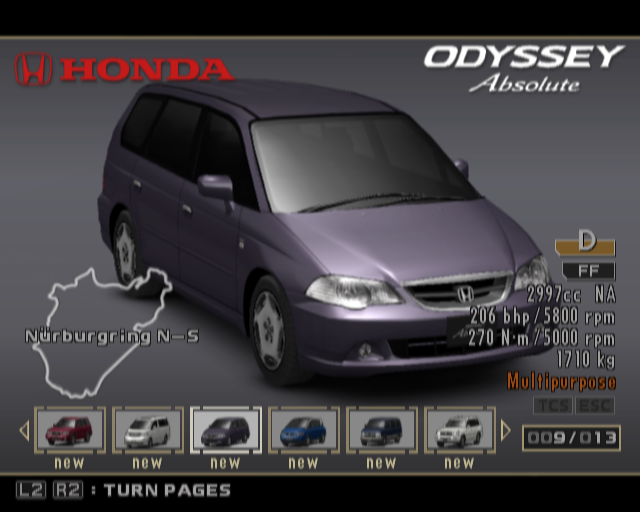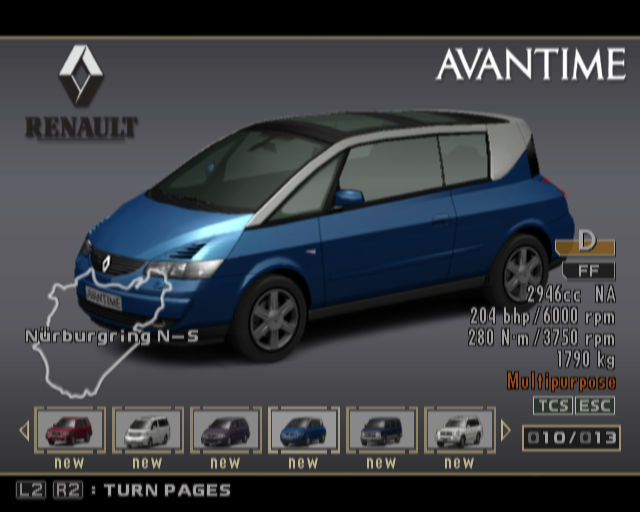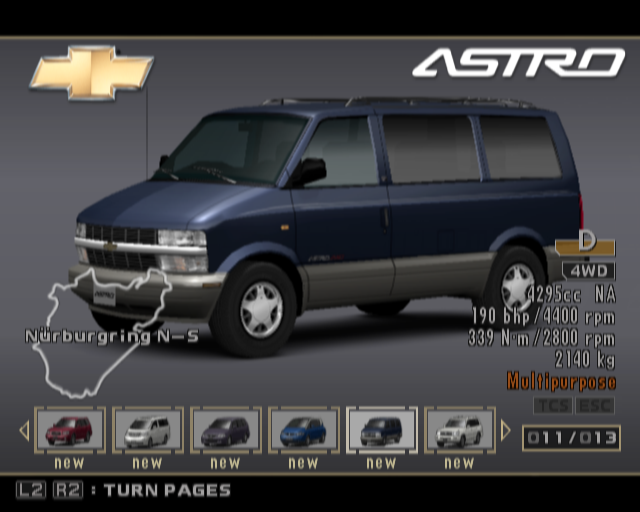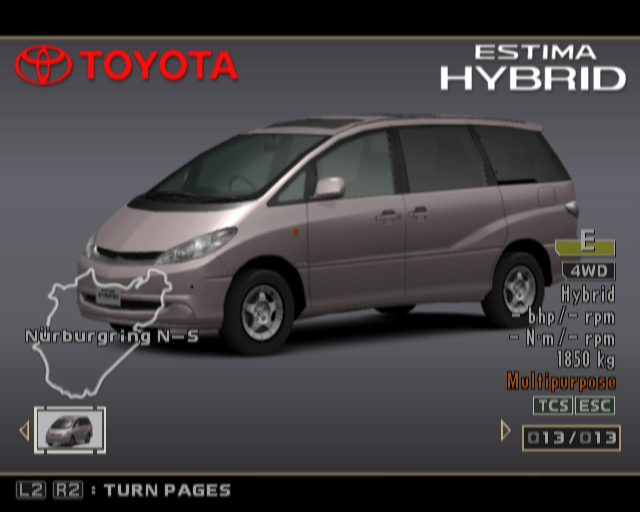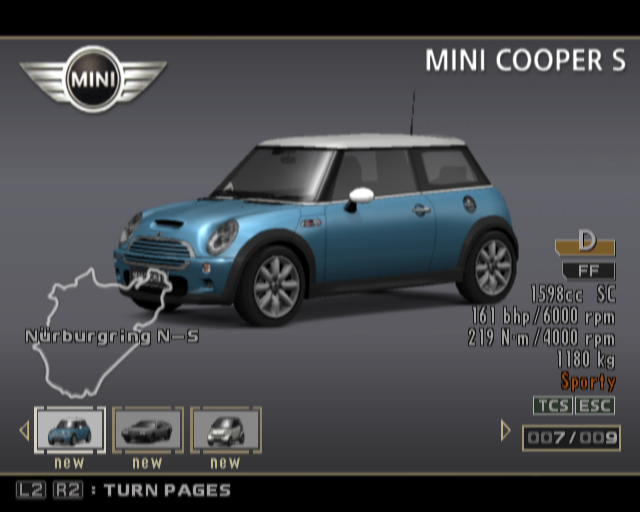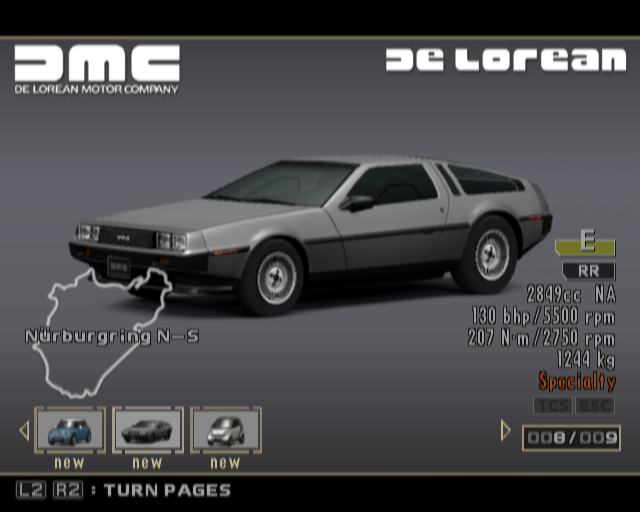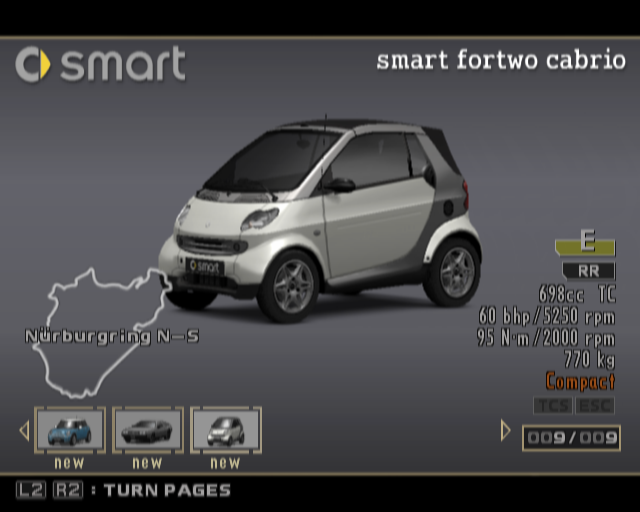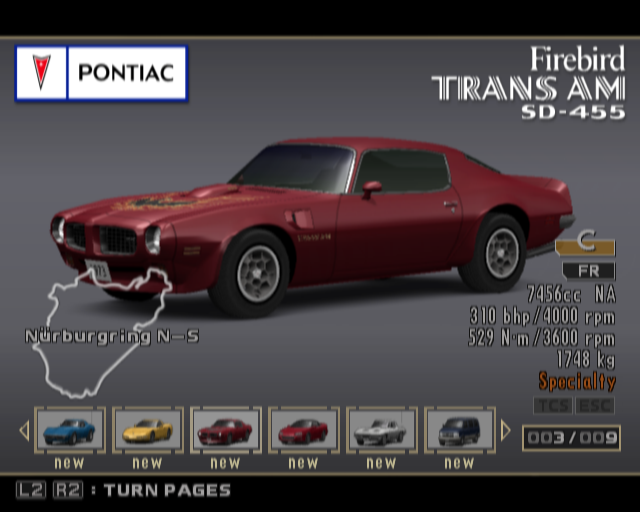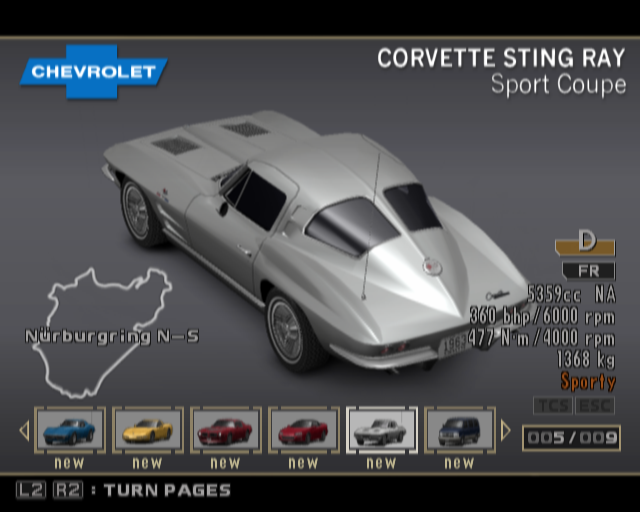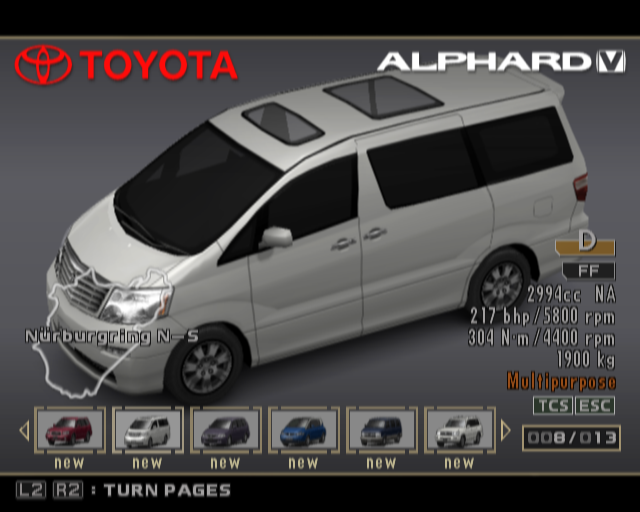I know automotive enthusiasts will hate me for saying this, but automatic transmissions are an incredibly fascinating technology. Manual transmissions these days are reserved for the track, while most of the developing world is moving to a fleet majoritarily composed of automatics.
These days, even enthusiasts will admit that automatics are more efficient, shift faster and easier to drive than a stick shift. However, no one will disagree that a standard is much more fun and engaging.
How Automatics Work
To over-simplify things a little, transmissions exist due to the limitations in a combustion engine. It has a several narrow RPM ranges where it either produces the most power, the most torque or is the most efficient. The different gears in a transmission allow the engine to operate at the speed ideal for the driving condition while staying within those narrow RPM ranges. For a more complete and accurate explanation, please see this section on Wikipedia.
The part that I always found the most interesting about automatic transmissions was the shifting schedule. In other words, at what car speed to shift the gear up or down. The algorithm didn't seem simply arbitrary or simple and before I could drive, I did not have a way to experiment in computer games to figure out this logic.
Most driving games don't actually implement a true automatic. Rather, cars are all equipped with a manual transmission and the 'automatic' mode is actually a driver assist. The logic behind is simple, when the engine is near redline, it shifts up. When slowing down, downshifts occur at the maximum possible engine speed without exceeding the redline on the previous gear. However, this logic does not resemble at all what happens in a true automatic in real life.
After getting my license, I was excited to finally experience this shifting logic for myself. I was very surprised at how intelligently designed the system was, and how it adapted to driving conditions.
How Automatics Behave
The main concept of an automatic revolves around this: the harder you press the throttle, the later it shifts up. When driving slowly in a city for example, you need little power from the engine to accelerate. Therefore, it does not make sense to use the engine's entire RPM range in the first few gears to get up to speed, as running an engine faster is less fuel efficient. Rather, shifting early in the RPM range will maximize efficiency.
Automatic cars attempt to run at the highest gear to allow the engine to run in the most efficient range. However, higher gears provide poor acceleration when in a low RPM.
If the throttle is fully depressed, the car will shift in a way to make use of the entire RPM range of the engine up to the redline, this is the maximize performance and prevent lugging that would occur in a higher gear.
The other component is kickdown when depressing the throttle. At first, the car is at cruising certain speed and a higher gear will be engaged for fuel economy. However, if the throttle is depressed harder, the transmission will command a down shift, or several, to hit an RPM range suited for better performance.
Current automatics have become very advanced and take a multitude of factors into consideration to decide when to shift. Grade shift logic for example will adjust gear selection based on hill grade to help with acceleration on a steep incline or provide engine braking when going downhill.
Each manufacturer implements their own unique algorithms and systems though the above concepts generally remain the same.
Automatics in Games
I had great difficulty finding games that simulated automatics correctly. In fact, out of the hundreds of driving games I've tried, only three simulated them in road cars.
Admittedly, this is not an important aspect in racing, as most track cars use manual transmissions for better control. However, many of these games include road cars available to the general public and I found it odd that this kind of detail was missing.
I will analyse each game and demonstrate how it handles and simulates this kind of transmission. We'll be comparing them to the most common type of automatic transmission, the torque converter-based one.
The Test
A test was devised that will demonstrate each game's capability at simulating the behaviour of an automatic transmission. It only aims to show the basic behaviours of the shifting schedule of an automatic.
- First, the car will be driven slowly at city driving speeds. We expect the transmission to perform early shifts for fuel economy.
- Once reaching 70 km/h, the throttle will be fully depressed. This should initiate a kickdown, where the transmission selects the lowest possible gear for maximum acceleration.
- While accelerating, the car should only upshift at maximum RPM to maximize acceleration
- At 120km/h, the throttle will be fully released. At this point, the car will upshift to the highest possible gear for fuel economy. This is the cruising stage.
Other behaviours will be noted which are typical of torque converter-based automatic transmissions:
Slipping on acceleration due to torque converter and resulting torque multiplication.
Creeping forward when in drive with brake released.
Smooth and sluggish shifting between gears with no jerking movements between shifts.
Each test will be shown in a short video demonstrating the capabilities of each games.
Live for Speed
Live for Speed is racing simulation with physics accuracy that can be most admired by a perfectionist. Car handling feels so right and the feel for reaching the car's limit of grip is spectacular. Despite showing it's age now, few racing simulations come close to having the accurate driving feel of Live for Speed.
As a sim for purist racing fans, Live for Speed does not simulate automatic transmissions at all. Rather, the 'automatic' mode is a driving aid, that shifts for you in a way ideal for maximum performance rather than fuel efficiency. I'm including this game to show what a failing test would look like.
Let's cruise along with the Hatchback XF GTI on the track and drive it through our test:
Notice how shifting only occurs upon reaching the redline. While slowing down, downshifts happen as soon as possible to make use of engine braking. This kind of shifting is great for racing as it is very predictable but not for saving fuel in a city car.
An LFS forum user by the pseudonym 'tigerboyz' created a mod that simulates the shifting schedule of an automatic though it still feels like a driving aid. The slushy feeling of a torque converter or forward creeping are not simulated. Instead, this mod simply uses the manual transmission and shifts at points where an automatic would.
Enthusia
Enthusia is likely to be the first game of it's kind to simulate automatic transmissions correctly. I noted this while skimming a Wikipedia article about the game describing this kind of accurate modeling.
I eventually got my hands on the game through emulation. The game was a commercial failure, likely in part due to it's difficulty stemming from it's accurate driving dynamics and competition from the much more popular counterpart, Gran Turismo 4. Therefore, securing a physical copy is prohibitively expensive.
Let's take a look at how Enthusia portrays an automatic transmission.
As seen in the video, Enthusia pretty much nails automatic transmission shifting behaviour. However, the shifts do appear like they come for a torque converter, albeit an aggressive one.
The shifts don't happen that early and gears are held for a bit too long. It is almost as if the game is simulates a 'Sport' or 'Second Range' mode which is seen in some cars for sportier driving. This kind of mode shifts at higher RPMs for more responsive throttle feel and allows more use of engine braking for peppier driving.
Interestingly, when slowing down, the transmission down shifts in a way that favours performance driving. In other words, as the car slows down, downshifts occur to make use of engine braking to help the car slow down. In the average car, this does not happen, rather, shifting down only happens when the car has slowed down considerably or during kickdown.
However, one big part is missing: the characteristic creep when releasing the brake. The car stays immobile even with the handbrake released.
The game further emphases the stock transmission normally equipped with the car when selecting 'manual' or 'automatic' before a race. In cars with an automatic transmission, the choices are 'automatic' or 'semi-automatic' emphasizing that the car does not actually include a true manual with clutch and gear selector. For manual cars, 'gear assist' and 'manual' are displayed which indicates that the car won't be equipped with an automatic, rather an AI will assist the driver in shifting.
The selections for a Toyota Corolla, a car normally equipped with a torque converter-based automatic.
The selections for a Honda Accord Type-R, a car normally equipped with a clutch-based manual.
The game also simulate CVTs which shows just show niche-focused this game really is.
One last thing I'd like to mention about this game is how quirky it is. The presentation is really artistic for a racing game with a very cinematic intro and lively menu music. The car selection is really something to talk about with not only the stereotypical selection of road and racing cars, but also minivans, hybrids and SUVs. Enthusia really lets even the most niche of enthusiasts drive their favourites. Here's a few of them:
City Car Driving
Russian-based Forward Development seemed to have a very different take on a driving game: one that actually portrays everyday driving. Instead of testing the limits of your cars in a tight racing track, you'll be stuck in traffic in rain, merging on highways while checking your blind spot and of course, wearing your seat belt.
While the driving dynamics are not the most accurate or engaging, they're suitable for the leisurely pace known to most city drivers. Oversteer might not feel convincing, but the traffic patterns seem to mimic reality with impatient drivers, those who change lanes without signals and so on.
Let's get behind the wheel of an average car equipped with an automatic. We got rid of the traffic so we could speed at our leisure.
Clearly, the simulation of the automatic transmission is very impressive. The slushy shifts, the shifting schedule and the lurch of torque multiplication are all there. Everything feels right. There's even the characteristic automatic transmission creep when releasing the brake when in drive.
This game doesn't have much quirks, it's just a good education tool to get new drivers acquainted with the feel of driving, or perhaps those who enjoy driving so much they want to do it at home.
BeamNG.drive
Renowned for it's incredibly realistic crash physics, BeamNG.drive shows how well driving dynamics can be simulated even without any pre-canned behaviours. In BeamNG.drive, cars behave based on the sum of their parts such as drivetrain, tires, aerodynamics and so on. While not the most accurate driving simulator, the mechanics are incredibly convincing.
BeamNG.drive vehicle roaster focuses on daily road cars rather than performance vehicles. As a result, stock vehicles can be equipped with torque converter automatics, CVTs and of course manual transmissions.
Out of all the games tested so far, BeamNG.drive is a clear winner in terms of simulating torque converter-based automatics. From the sluggish acceleration due to torque multiplication to the smooth shifting and accurate shifting schedule, the game provides the most realistic feeling automatic driving experience.
Let's get straight to the test with this game.
What's obvious is how much it feels like you're driving a normal car in the city. The initial lunge from the torque converter to the sluggish shifts. Even the delayed kickdown is portrayed after flooring the accelerator. It's very impressive. Of course, it creeps forward as soon as you put it into drive.
The amount of options simulating different kind of transmissions is staggering:
- High stall torque converters
- CVTs
- Transbrakes
- Dual-Clutch Automatic Transmissions
- Sport Mode Selection
- Manual Mode in an Automatic Transmission
Each one of the features above is simulated in a very convincing way. If you're interested in tinkering with car behaviour, I highly recommend this game.
Final Thoughts
This kind of endavour was more of satisfying an obsession than anything else. This is probably one of the most niche things I've ever written about. Most racing fans simply floor the accelerator when the count down reaches zero, however I like to test the limits of games and see how much attention to detail they really put in. Even when it's not intended, games tend to become a sandbox for me.
Attention to detail is something I really appreciate. Few games go the extra mile to mimic intricate details of reality and it's really admirable. Now, for noticing that a game simulates automatic transmission logic, that is a personal problem of obsessiveness that I may have!
It's hard for me to believe that the games above are the only ones in existence that simulate such concept of the automotive world. If you know any other games that simulate this behaviour, let me know by submitting a comment.



